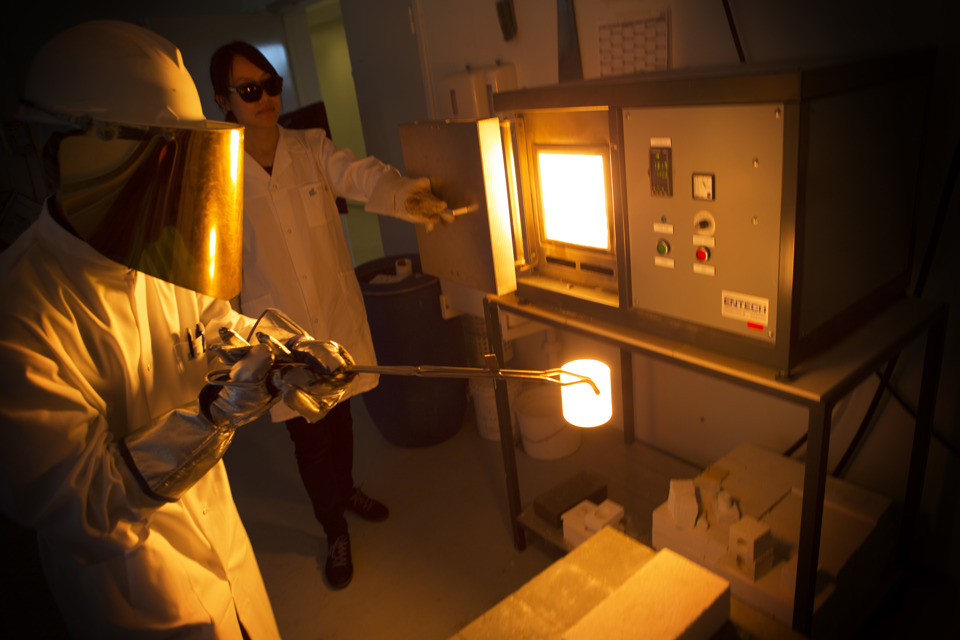“The properties of glass depend on both its chemistry and the formation processes. If you want to change the properties of the glass, you can change its chemistry: the ingredients that are melted to form the glass. In this way, you can control the structure of the glass that is formed, and through this its mechanical properties, including its hardness and resistance to crack formation and propagation.”
However, sometimes this is not enough to give the glass the mechanical properties that industry and end users need. Broken glass on mobile phones or cracks in the windshields of cars are well-known and often frustrating problems that are yet to be solved. In order to harden the glass, different kinds of subsequent processing is done, but this is both expensive and time-consuming.
Young elite researcher grant for new glass design methods
In order to find new methods for designing harder and more damage resistant glasses, Morten Mattrup Smedskjær in 2013 received one of the coveted Sapere Aude Research Leader grants from the Danish Council for Independent Research. These grants are given to the most highly talented young researchers in Denmark to enable them to lead their own research group – in this case the Oxide Glass Chemistry group, where Morten Mattrup Smedskjær now leads a number of research projects, including the Sapere Aude-funded project “Topological Basis of Compressed Inorganic Glass Properties”. His group, currently consisting of 3 Ph.D. students and 2 postdocs, is part of the Center for Amorphous Materials Science at AAU.
